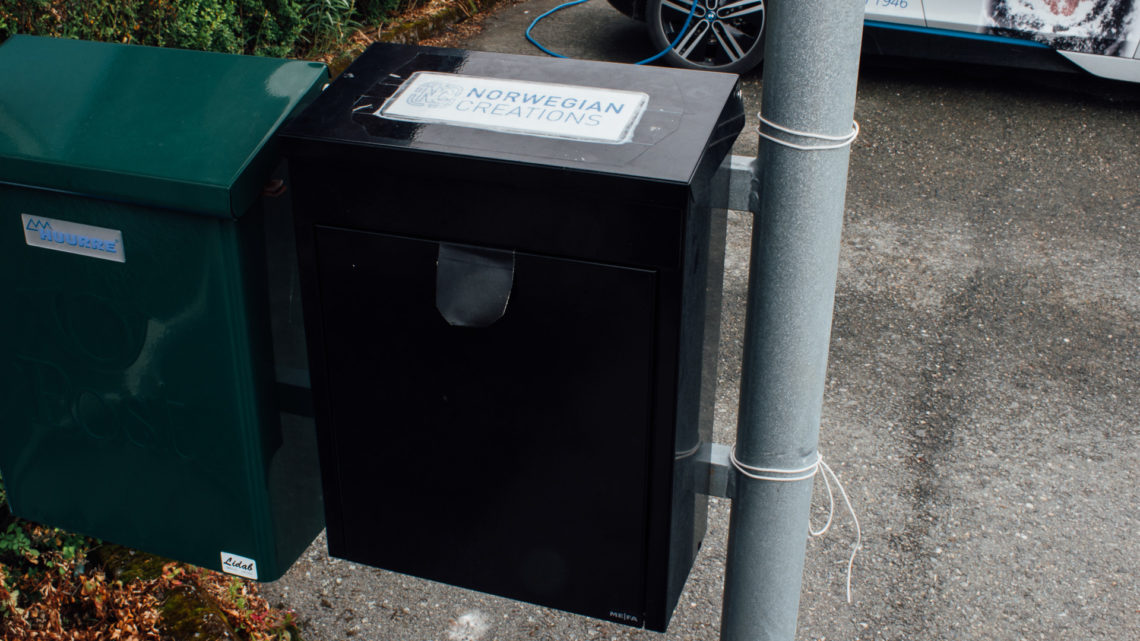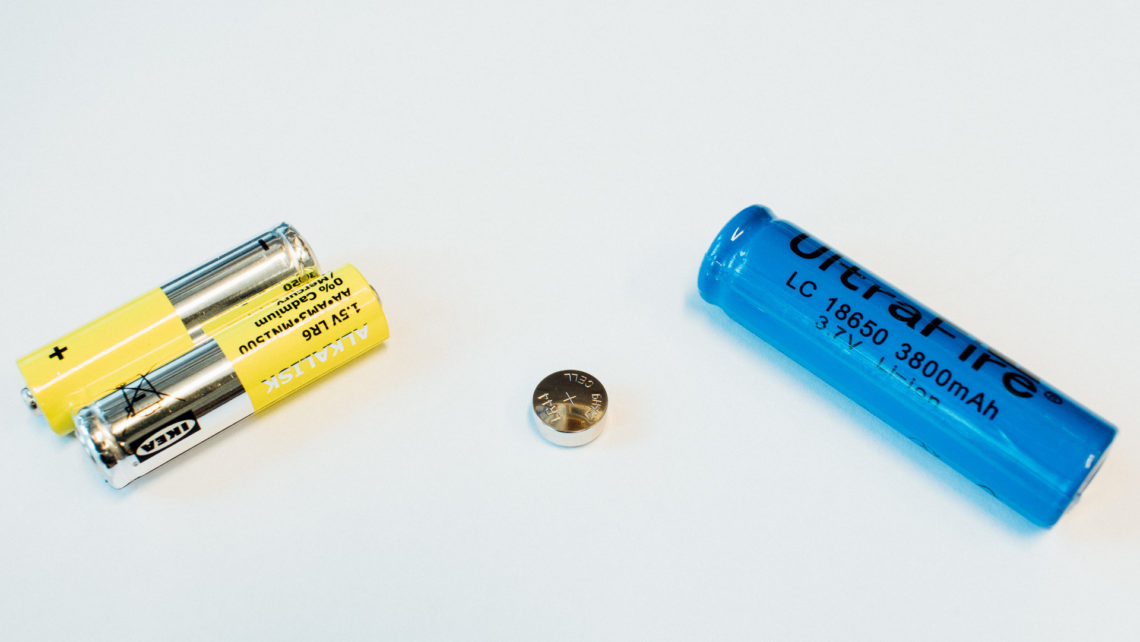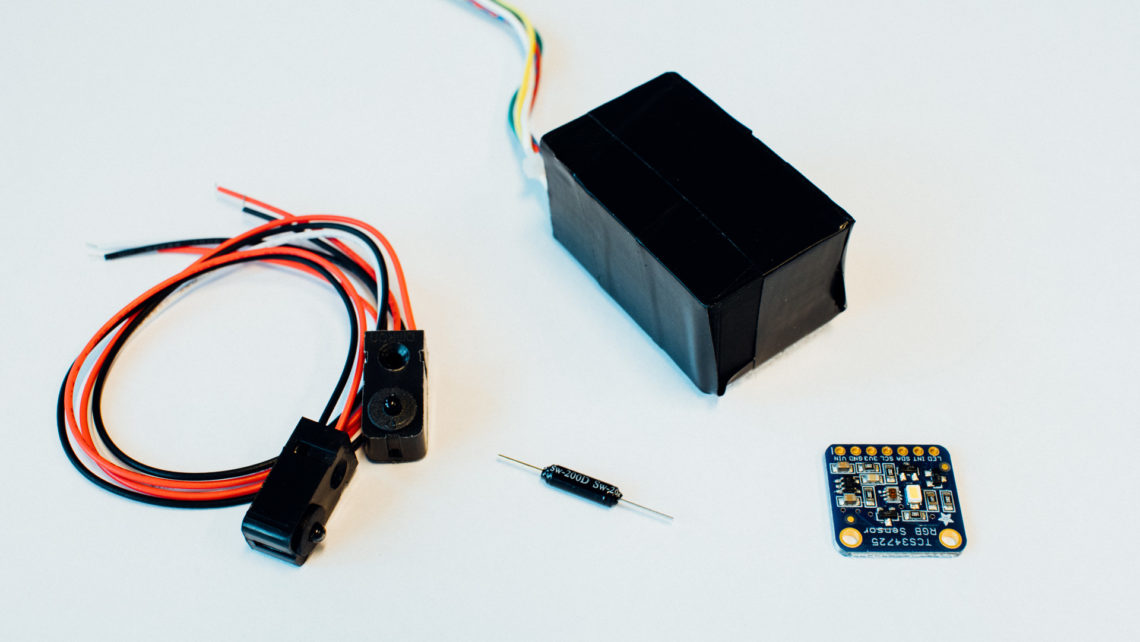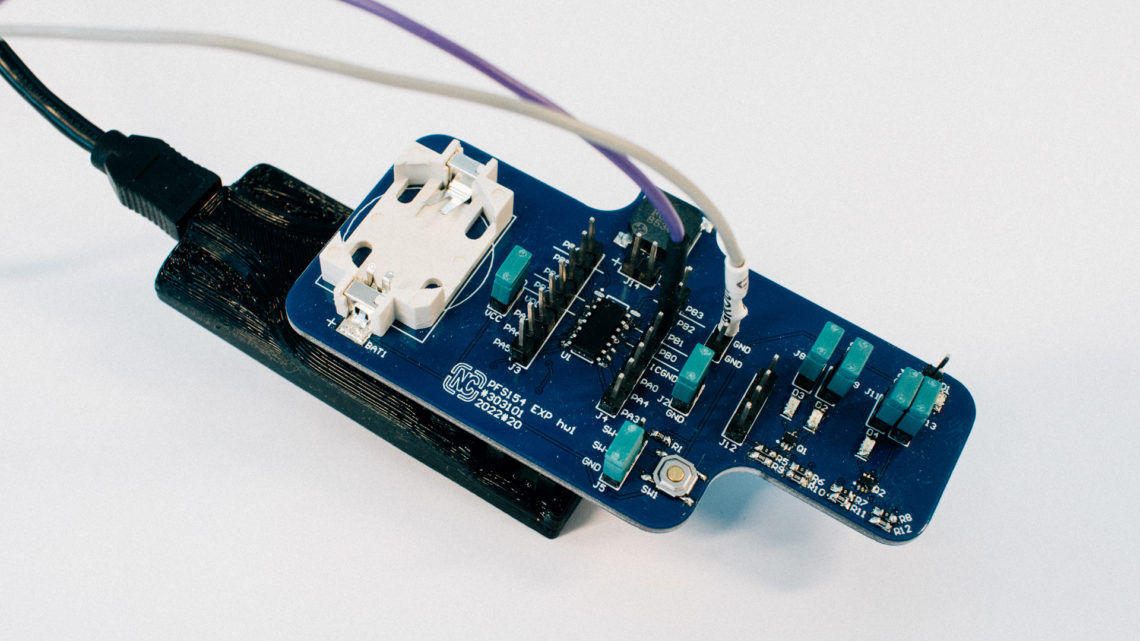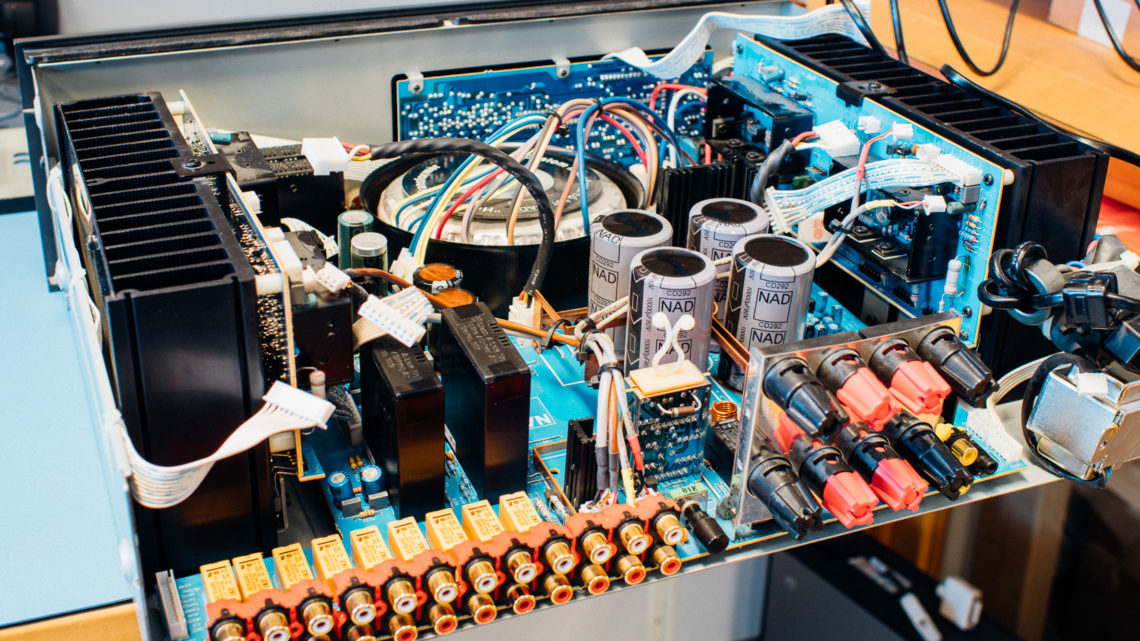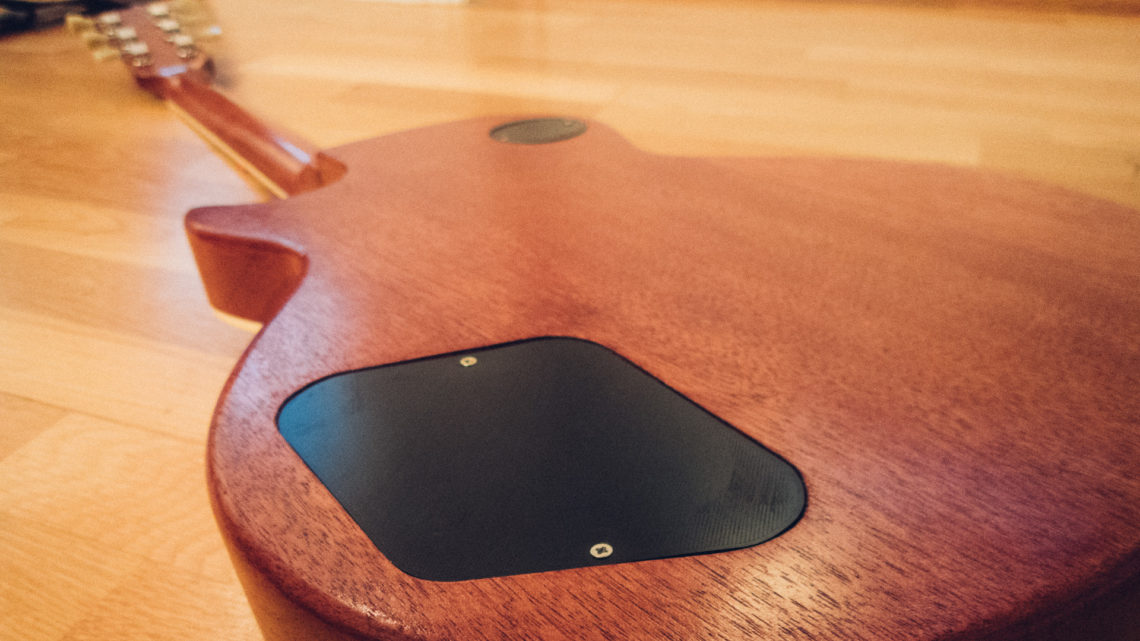We’d like to be notified when (physical) mail arrives.
Let’s do just that!
Project Goals
What do we want out of this?
First of all, we want to be notified when getting mail. There are many ways to do this. More on that soon.
Secondly, we do not want to lay wiring going from our office building into the mailbox. This would be inelegant. We will do this wirelessly.
Thirdly, we want it to be low maintenance. This involves having batteries last a long time.
Let’s think about using one of these batteries:
Let’s not decide right now, and think about capacity instead and how much we can get from it.
Let’s assume 1000 mAh.
Then let’s think about the current draw of our solution:
- 1 mA average would get us 1000 hours; about 42 days.
- 100 µA average would get us 10,000 hours; about 420 days.
- 10 µA average would get us 100,000 hours; about 4200 days, or 11.5 years. Wow!
If we got close to that last result we would surely have other problems related to temperature, vibration, and similar issues before the battery emptied.
A capacity of 1000 mAh is realistic, and now we have a feel for our wanted current draw; anything below 100 µA looks good.
If we can manage that, then a couple of the AA batteries should be sufficient.
How?
You’ve got mail! Which sensor?
Lots of options on detection of mail! Let’s look at these:
Color Sensor
We could perhaps place an unlikely color at the bottom of our mailbox, and checkup on this every so often. Color changes? Probably mail in the way!
PROS: Nice sleep current, about 15 µA.
CONS: Likely unreliable results. Results change with outside light levels.
Let’s rather try something else…
Infrared
This setup includes aligning the emitter and receiver in such a way that they face each other when idle, and when mail falls into the mailbox this beam is broken. You’ve got mail!
PROS: Cheap. Claims ~10 µA.
CONS: Would perhaps be tricky to install in the right position. Would require continuous polling.
Rolling Ball
Attach this on the underside of the mailbox lid. When the lid opens, the ball connects, waking our microcontroller via an interrupt pin.
This option seems interesting!
PROS: Cheap. Passive; no current cost!
CONS: Could be difficult to make reliable. Perhaps the lid have to open at specific angles, or perhaps the ball could get stuck in a position.
Mystery Black Box With Wires
This mystery box contains an accelerometer, and shows what we tried in this first iteration!
This sensor is to be installed in the mailbox lid, notifying us when the acceleration is above some threshold.
Luckily, after configuring it correctly, we would not need to poll it. It can be put into a low-power state, only waking up when above some predefined acceleration-threshold.
PROS: Cheap. About ~30 µA in low-power modes.
CONS: Heavier on the firmware side, as a driver for communicating with it has to be written, telling it to go into low-power mode. Need to properly tune the threshold.
The sensor wakes up! Hello world?
We have chosen a sensor (the accelerometer), and let’s assume it wakes up from its slumber at appropriate times.
Who does it talk to?
In the next blog post we’ll look at how the smart mailbox communicates with the outside world. Stay tuned!

